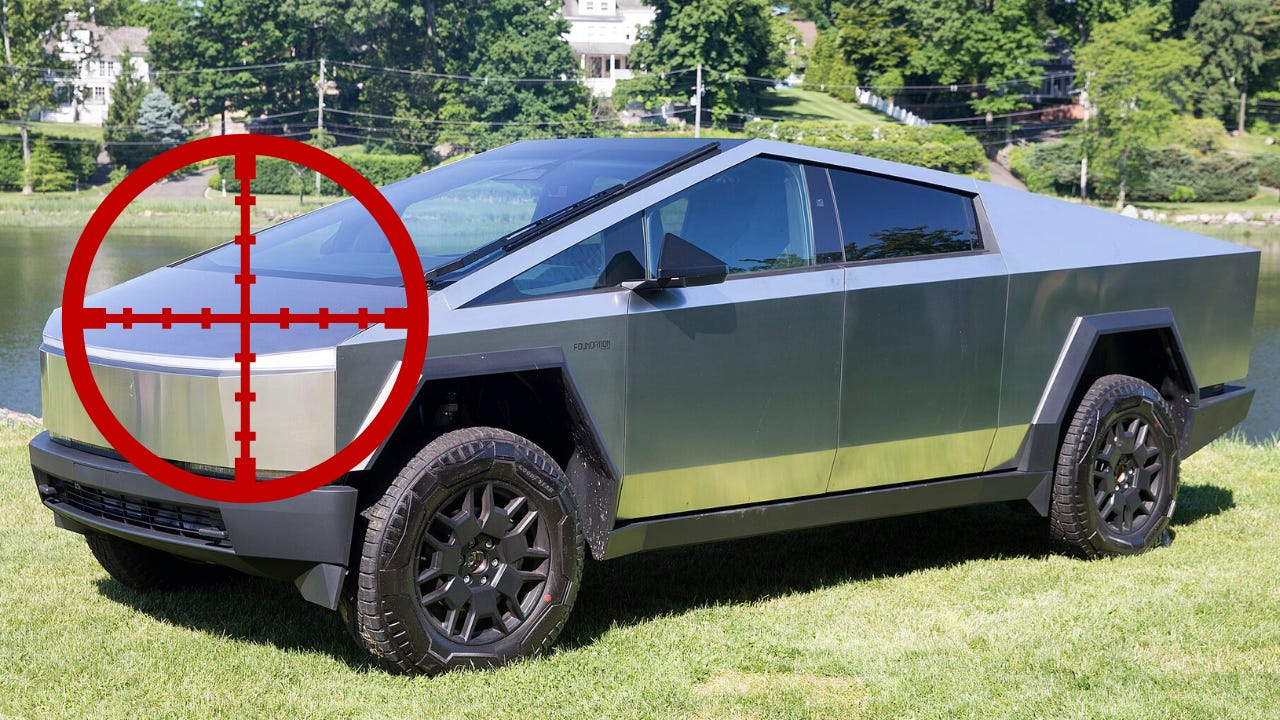The US Air Force Wants to Blow Up Some Cybertrucks
And no, this is not a joke.

A few years ago, a buddy of mine, a fellow veteran who should’ve known better, decided to blow nearly $100,000 on a Tesla Cybertruck. This is an entrepreneur who could have walked into a Chevy dealership, picked out a Corvette that would have turned heads for all the right reasons, a…



